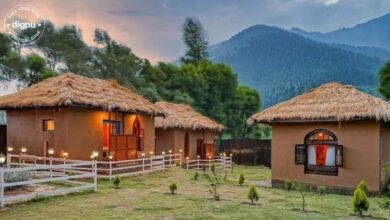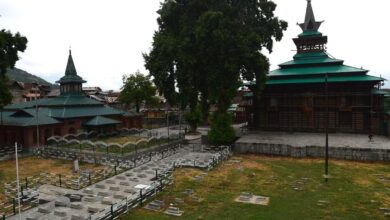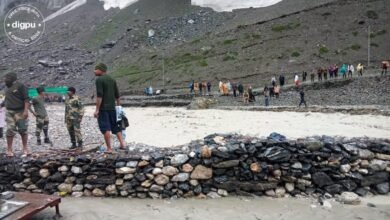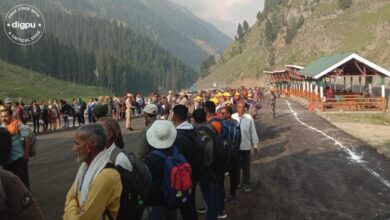J-K Govt plans to resurrect dying silk industry
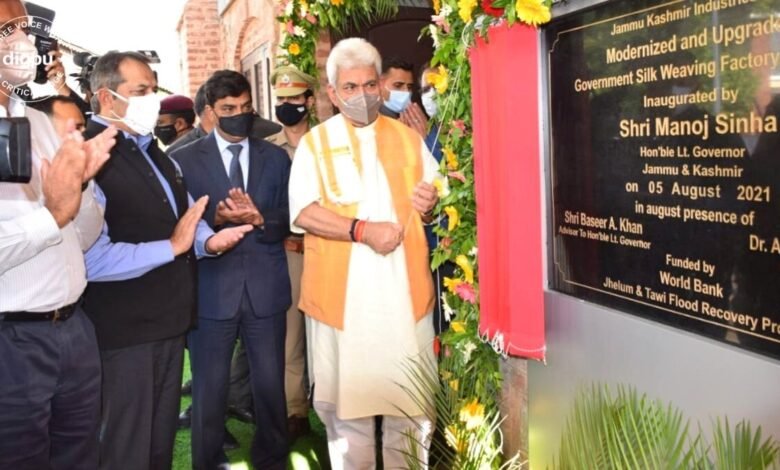
As per sources, the role of those employees of the silk factory, who have committed any wrongdoings or were involved in corrupt practices, will be investigated and legal action will follow.
The office of Lieutenant Governor Manoj Sinha is eager to restore the fading Silk plant in Srinagar, Jammu and Kashmir’s summer capital.
The silk factory in Rajbagh, which was once a major contributor to the J-K economy, has lost its lustre, with many blaming its decline on three decades of political unrest.
Not only has the factory’s quality deteriorated over time, but it also lacks the ability to lure customers, particularly brides who claim to buy their wedding dresses from other retailers.
Customers feel the silk factory doesn’t catch up with the present trends
Nafia, a girl whose wedding is scheduled to take place in the first fortnight of November, feels that the silk factory’s offerings are out-of-fashion. “I went to the silk factory to get some silk for my wedding. However, nothing piqued my curiosity. They don’t produce the items in accordance with the current fashion,” she stated.
Adding that they have to look for alternative markets, she adds, “We have to buy these goods from private marketplaces or even order them from Pakistan.”
Other visitors to the silk emporium also express their dissatisfaction with the products produced by the silk industry.
Massive embezzlements have doomed the silk factory
According to sources privy with the development, there have been massive embezzlements and unscrupulous practices at the Silk factory under the guise of political unrest.
“Over the years, the Lt Governor’s office has taken a serious note of wrongdoings at the Silk plant. Those proven to be engaged in such activities will be prosecuted in accordance with the law,” sources stated.
The plant used to have 2000 employees, but now it only has approximately 200 only, which is evidence enough for the poor state of the silk industry.
Insufficient cocoon production, inefficient administration also to be blamed
Insufficient cocoon production is another reason for low and poor quality output, which led to the closure of two silk reeling operations – Government Silk Filatures, Rambagh, Srinagar, and The Government Silk Factory, Jammu.
“How can investors be prepared to invest in it while the plant is closing down its other units?” a group of young entrepreneurs wonder.
Many people who are directly or indirectly connected to the Silk Factory claim that earlier government policies and corruption were major factors in the factory’s downgrade.
Others in the Silk industry claim that the factory had a monopoly in the 1940s, but that the firm’s decline was caused by the establishment of silk units and emporiums in other countries, as well as political unrest in Kashmir.
LG-led Government serious about the revival of the silk factory
Despite several glitches at the manufacturing, there is a big demand for its items all over the world, according to a local dealer.
Senior officers at the Government Silk Weaving Factory opine that the current administration is devoted to progressively restoring the unit.
On August 5, 2021, Lieutenant Governor Manoj Sinha inaugurated the ‘modernized’ and ‘upgraded’ Government Silk Weaving Factory, marking a significant stride forward in the restoration and comprehensive development of the silk sector in the Union Territory.
The century-old silk weaving factory was upgraded with a project cost of Rs 23.54 crores funded by the World Bank’s Jhelum Tawi Flood Recovery Project.
A new facility with cutting-edge preparatory and weaving technology was built as part of the upgrade plan.
The remodelled Government Silk Factory is expected to supply a cocoon consumption market for over 50000 cocoon growers/farmers in Kashmir valley and produce 4,50,000 metres of silk fabric per year, generating a viable economic cycle and direct and indirect job prospects.


